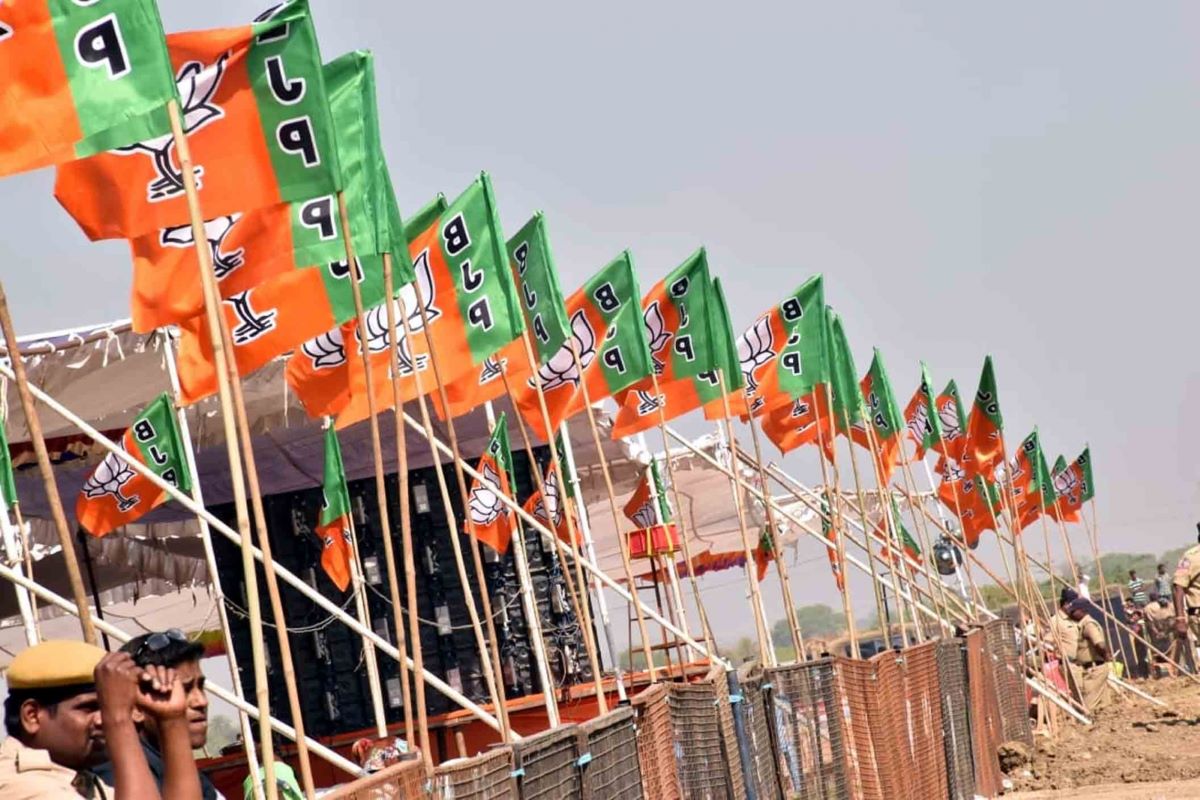Divide Jharkhand’s political landscape illustrates the complexities of a state grappling with rapid urbanisation, stark rural realities, and growing communal tensions. This urban-rural divide has become a defining feature of elections, reflecting the contrasting priorities of its people and the varying effectiveness of political narratives. In urban areas, the Bharatiya Janata Party (BJP) has managed to carve out a stronghold by focusing on urbanisation and infrastructure. These densely populated zones, characterised by unchecked real estate growth, expanding peri-urban settlements, and poor civic planning, have become fertile ground for BJP’s message of modernisation.
Promises of improved roads, 24-hour electricity, and beautification projects resonate with urban voters who are often detached from the broader concerns of rural Jharkhand, such as social equity, land rights, and forced migration. However, urbanisation in Jharkhand has come with significant trade-offs. The rapid conversion of agricultural land for commercial purposes has outpaced the development of essential urban infrastructure. Water supply, waste management, drainage, and public lighting remain inadequate in many areas. Yet, BJP’s outreach and ability to dominate the urban discourse often overshadow these deficiencies, leaving other political players struggling to find traction. In contrast, rural Jharkhand remains a bastion of welfare-driven politics.
Advertisement
The Jharkhand Mukti Morcha (JMM), with its deep-rooted connections to rural and tribal communities, has centred its governance on schemes addressing poverty and inequality. Programmes like direct cash benefits for women and pensions for the elderly have had a tangible impact on rural lives. These initiatives align with the traditional priorities of rural voters, who value social justice and economic relief over promises of urban growth. The real challenge for the JMM and its allies lies in bridging the gap between their rural stronghold and the increasingly influential urban voter base. Urban voters, swayed by BJP’s messaging and its focus on economic growth, often view welfare measures as inadequate responses to their evolving aspirations. Moreover, the BJP’s use of communal narratives to polarise voters along religious lines has exacerbated divisions, particularly in urban areas with significant minority populations.
Jharkhand’s urban pockets have emerged as hotspots for communal tensions, where elections often become a referendum on identity rather than governance. This polarisation undermines the potential for inclusive development and leaves secular parties at a disadvantage. The absence of sustained outreach and coherent messaging from these parties further cements BJP’s dominance in urban constituencies. To challenge this hegemony, the JMM and its allies must recalibrate their approach. A focus on urban infrastructure, combined with sustained efforts to counter communal rhetoric, is essential. Bridging the urban-rural divide requires not just policy shifts but also a narrative that unites the state’s diverse population. The elections in Jharkhand will be a litmus test for these strategies. Whether welfare-driven politics can expand its appeal or urban-centric narratives will tighten their grip remains a question of critical importance for the state’s future.











